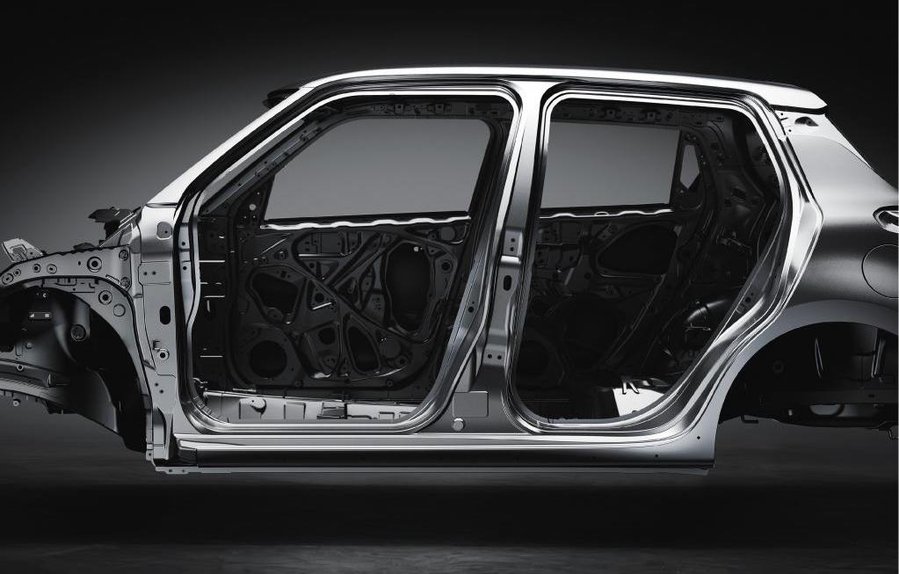How the 2018 Swift Sport outdoes its predecessor & the 2017 Suzuki Swift

Here's how the all-new Suzuki Swift Sport is mechanically different from the all-new Suzuki Swift and the old Suzuki Swift Sport.
The 2017 Suzuki Swift is 3,840 mm long, 1,695 mm wide and 1,500 mm (2WD)/ 1,525 mm (4WD) tall. The 2018 Suzuki Swift Sport is 3,890 mm long, 1,735 mm wide and 1,500 mm tall. The Sport variant is 50 mm longer and 40 mm wider compared to the regular variant. Thanks to the HEARTECT platform and weight reduction measures, the third generation model, weighing 970 kg, is 80 kg lighter than its predecessor. Overall body rigidity has been further improved with an increase in spot welds, improving steering-yaw rate linearity and control.
While the regular Swift is available with K12C 1.2-litre Dualjet and K10C DITC 1.0-litre BOOSTERJET petrol engines. The Swift Sport gets a torquier (+10 Nm) version of the Suzuki Vitara's K14C 1.4-litre BOOSTERJET petrol engine. The new turbocharged four-cylinder unit puts out 140 PS at 5,500 rpm and 230 Nm of torque from 2,500-3,500 rpm. The old Swift Sport's 1.6-litre VVT naturally aspirated petrol engine develops 136 PS at 6,900 rpm and 160 Nm of torque at 4,400 rpm. Thus, the maximum power and maximum torque have increased by 4 PS and 70 Nm respectively. Also, both figures are achievable at much lower engine speeds.
Thanks to the upgrade from single sub-muffler in the second-gen Suzuki Swift Sport to dual exhaust sub-muffler in the third-gen Suzuki Swift Sport, the exhaust note has improved. The air flow through the radiator and the heat dissipation have improved by 38% and 34% respectively. Suzuki has replaced the 275 mm x 22 mm discs to 285 mm x 24 mm to discs for the front brakes to improve performance at high speeds. The air resistance has reduced by about 10% due to various aerodynamic enhancements.
Getting to the car's suspension setup, the all-new Suzuki Swift Sport has Monroe front shock absorbers carried over from the old model. Suzuki has made the wheel hub and wheel bearings into a single assembly and expanded the width between the bearings. Together, these changes have increased the camber rigidity during cornering by 15%. Without increasing the spring rate of the springs or the front stabiliser, the stiffness increases because of these advancements. At the rear too, the budget performance hatchback continues with Monroe shock absorbers, albeit with a revised valve structure and optimized damping force characteristics. The rear suspension's trailing arm is exclusive to the 2018 Swift Sport. Compared to its predecessor, the redesigned model's toe rigidity has improved 1.4 times, and its camber rigidity is higher by a factor of nearly three.
The 2017 Suzuki Swift is available in 5-speed manual transmission, 5-speed automated manual transmission, 6-speed automatic transmission and continuously variable transmission models. The 2018 Suzuki Swift Sport's engine is linked to either a 6-speed manual transmission or a 6-speed automated manual transmission. The manual transmission is an improved version of the old Swift Sport's unit, with and offers quicker shifts. The automated transmission is a replacement for the previous generation model's continuously variable transmission. Unlike the all-new Swift, the all-new Swift Sport is unavailable with the SHVS mild-hybrid system and the Allgrip four-wheel drive system.
Related News


